Raleigh might be one of the rattiest cities in the U.S., but the Triangle has several pest rodents that can cause havoc in your house.
Rodents in Raleigh
Rodents make up the single largest group of mammals. Within the species diversity, all rodents have a single pair of incisors that continuously grow. To manage the incisors’ growth, rodents constantly gnaw. If you have a rodent infestation, the rats, mice, or squirrels will gnaw on your home. Property damage isn’t the only problem with a rodent infestation. Worldwide, rats and mice spread 35 different diseases.
Norway rats (common brown rats) are not as good of climbers as roof rats. You will likely find them in crawlspaces, basements, garages, and wall cavities. The adaptive foragers eat almost anything.
They are called “roof rats,” because they are great climbers and may use your roof to get in your attic. They won’t stay in your attic. They will travel all over lower-level floors, and roof rats in attics tend to spend their days between floors, in utility spaces, and above false ceilings.
House mice are slender. They are around four inches long and weigh less than half an ounce. They can enter your home through the smallest holes, of less than a quarter inch, by compressing their body and squeezing through.
The most common rodent anywhere in North Carolina is generally going to be the gray squirrel. You can see them practically anywhere in the Triangle in your backyard, along the American Tobacco Trail, and scampering across the Oak Grove in Moore Square.
Because they are so common, homeowners aren’t too bothered by seeing them. But they can cause problems when they get into your home. Squirrels can have two litters a year, and they look for shelter to build a nest. Your attic has ideal conditions for a squirrel nest
Often called field mice or meadow mice, voles live in grassy areas and dig expansive tunnel networks. They can become a nuisance when they tear up a yard that the owners intend to maintain. A single female vole can birth over 100 young per year.
Beavers are the largest rodent in North America in general. They use the felled trees for dams. Both the downed trees and flooded valleys resulting from their dams can be very destructive to property.
Rodent Removal in Raleigh
Rats and mice are some of the most common invaders to your house. It doesn’t matter if it’s a new construction or a historic landmark, rats and mice can find their way into your home. Rats and mice have several litters a year so one rodent can multiply into hundreds.A few traps won’t solve your rodent problem.
Trutech’s effective rodent control includes monitoring, sanitation, exclusion, and population control with traps and rodenticides.
Signs of Rats and Mice Infestation
During a rodent inspection, our inspector will thoroughly inspect your attic as well as provide a full exterior home inspection. The most common signs of rodent activity are chewing, droppings, rub marks, nesting material, and small entry points.
The most common areas to find a rodent infestation are in your attic, in the crawlspace, and inside the walls. You’re likely to find evidence of rats and mice in your kitchen as they scavenge for food.
Professional Rodent Trapping
Based on the inspection, our wildlife specialist creates a strategic trapping plan to remove the rats or mice found in your home. Types of rat traps, placement of traps, and bait used in traps determine the effectiveness of rodent trapping. Rat trapping usually takes five to fourteen days, but the process may be longer if the rodents are well-established.
The most common places for rodent problems in the Triangle are in your attic and crawl space.
Rodent Control in Your Attic
There are a few ways to rodent-proof your attic, and most of them start before the rodents reach the attic. Some rodents like mice can fit through openings as small as half an inch in diameter, which means that small holes, gaps in doorways, and wall vents often serve as common entry points.
Rats are also proficient swimmers capable of traveling through sewer lines and entering buildings by emerging from toilets and open drains.
Check your roof and soffits for any small holes. Any rodent can take a pre-existing hole and gnaw it to make it bigger. Another way rodents can get into your home is through your vents. There are a few ways you can keep rodents out of your vents.
Rodent Control for the Crawl Space
Rodents can easily find their way into your crawlspaces. Norway rats and mice are the most common rodents in crawl spaces. Norway rats tend to burrow along the foundations of homes.
Rodent Exclusion
Rodent exclusion is the most effective form of pest control for rats and mice. The rats and mice got into your home. During the Trutech free inspection in Raleigh-Durham, our technicians identified all current and potential rodent entry points.
After rodent removal, it is essential to repair any entry points in your home. Rodents leave pheromone trails, and other rodents quickly utilize those scent trails.
How Do Rats and Mice Get into a Home?
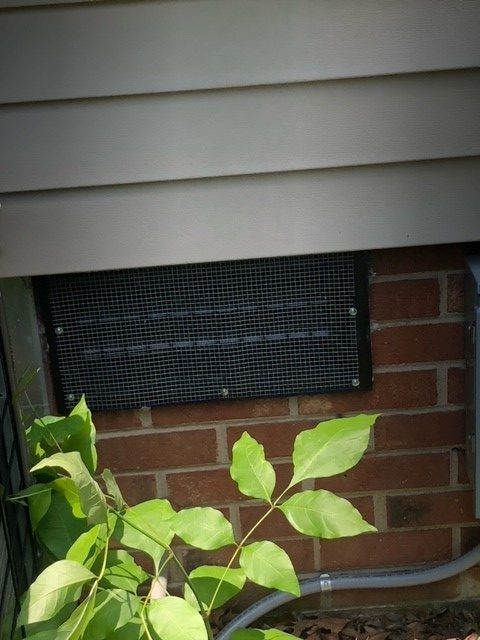
These homeowners in Fuquay-Varina noticed small, blunt droppings in their basement. During the inspection, we found evidence of Norway rats in their home including rat tracks and droppings. The rats had created a nest using rags and cardboard.
The foundation vent appeared to be their main point of entry. We installed a galvanized steel screen on the foundation vents to keep the rats out.
Why Do Rodents Attracts Snakes?
Rodents like rats and mice can damage your house, spread diseases, and contaminate your food. But there’s another surprising reason for rodent removal.
Snakes!
Most Common Snakes in Raleigh
Snakes “eat where they live” meaning they don’t travel far. A snake is most likely in your home hunting for a food source (rodents).
Most Common Snakes of the Triangle
- Rat Snakes
- Garter Snakes
- Green Snake
- Corn Snake
- Rattlesnakes
Snake Control Under Porch
Hardware cloth under the porch can keep most animals away. A smaller gauge will keep snakes, mice, and rats from creating a den or nest under your porch.
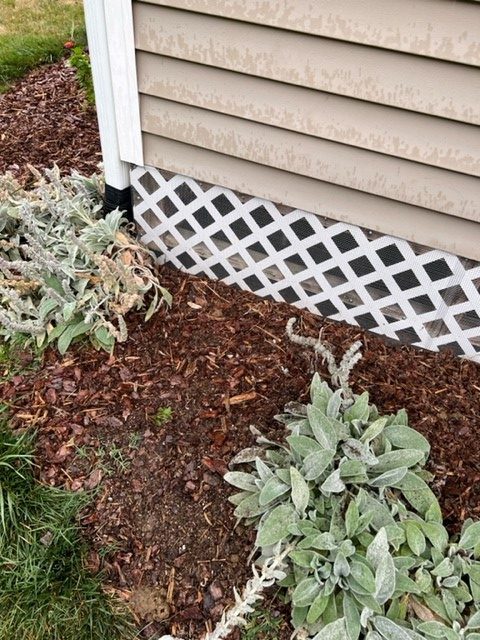
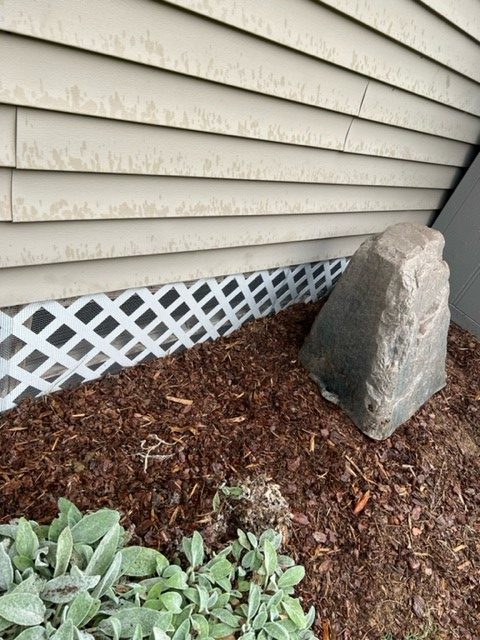
Call Trutech In to Get Rats Out
A few traps placed around your kitchen will not solve the rodent problem. Rats and mice can get into every nook and cranny of your house. They reproduce at an astounding rate so one mouse can become many within a few months. Without solving the problem of how they got into your home in the first place, you’re at risk for another infestation.
The experts at Trutech Wildlife Service have the experience and training to identify all potential entry points and the appropriate material to keep rats or mice out. We provide an integrated approach unique to your home that efficiently takes care of the rodent infestation.
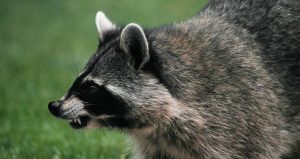
Raccoon Removal in Raleigh-Durham
Raccoons thrive in every county in North Carolina. Since 1987 evidence suggests the raccoon population is growing. Their preferred habitat has easy access to water,
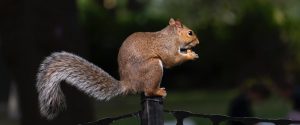
Squirrel Removal in Raleigh
The most effective method to get rid of squirrels is to trap them. You can also get a squirrel to evict itself with a one-way
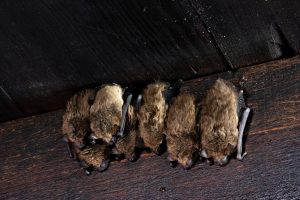
Bat Removal in Raleigh
The most humane way to get rid of bats is to let them evict themselves. A bat valve allows bats to fly out of your


